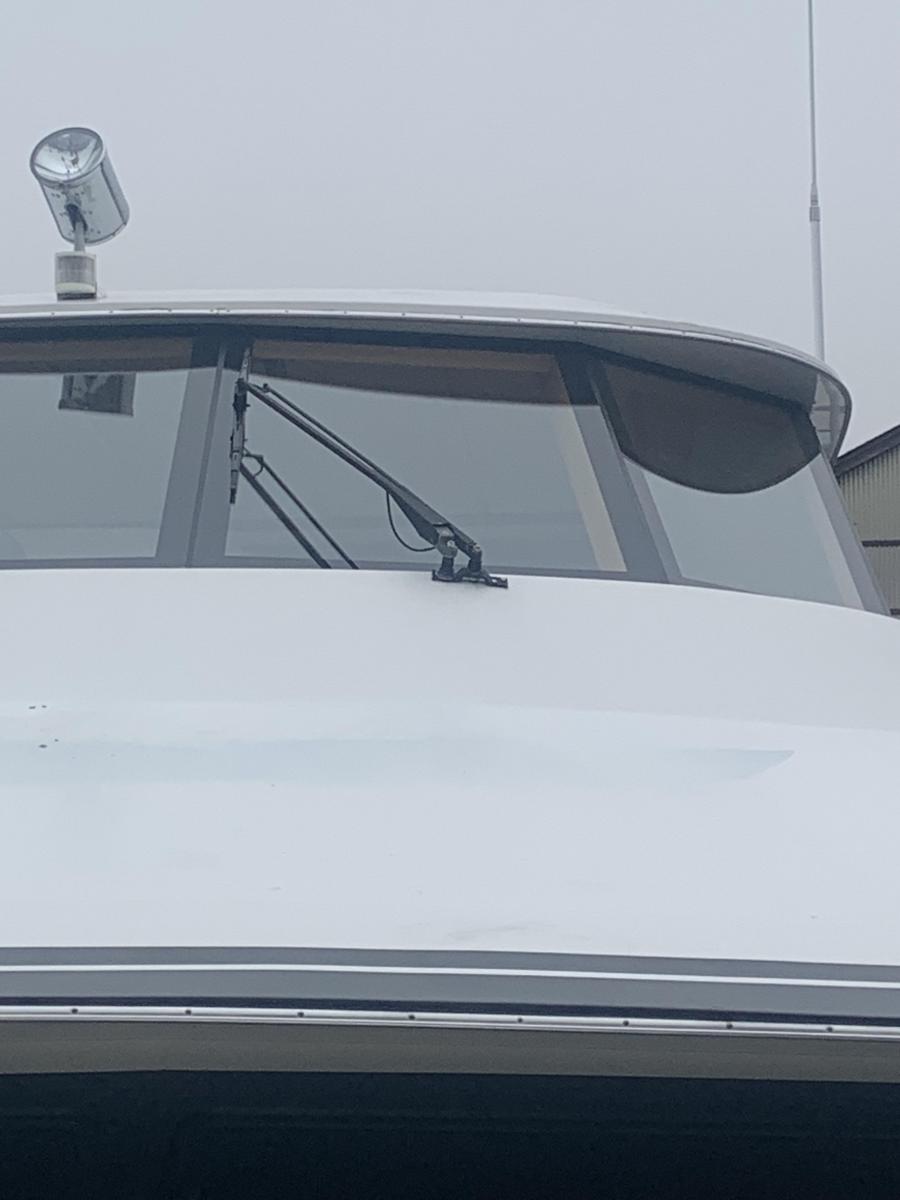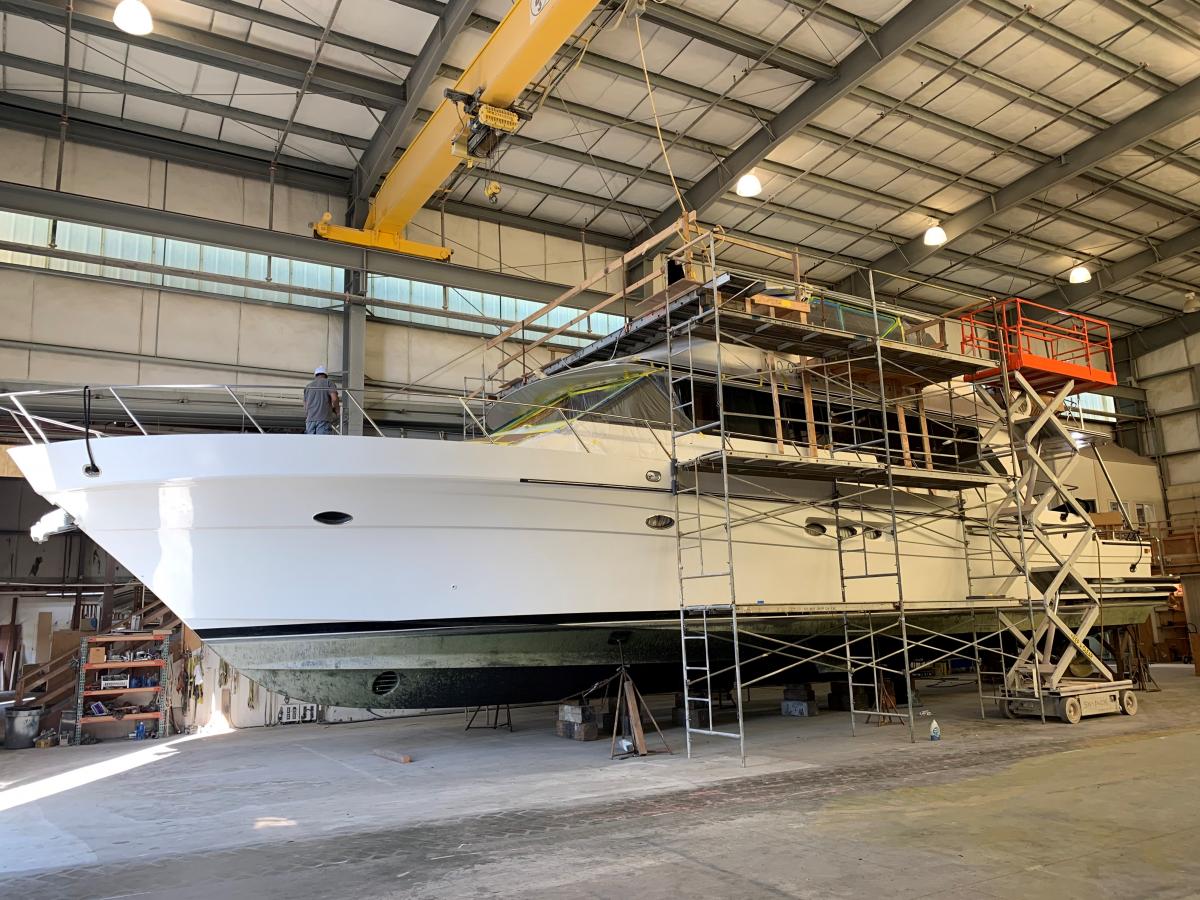I went over my entire boat with
Captain Tolley's Creeping Crack Cure. It really does work, although application is tedious. It appears to be something like watered down Elmer's Glue, but for the price, and knowing that it works, I didn't bother coming up with my own homebrew.
The website shows a little about what it can do. In my application, I didn't wait for leaks to occur (although they had in the past). I was using it as a preventative measure. The product has the viscosity of milk, which makes it difficult (impossible really) to apply effectively from the bottle provided. I used
little needle squeeze bottles like these. Run a bit along side the glass or the window runner slot. If it doesn't fill up the crack, return in a few minutes and add more. It took about 4 applications before my forward hatch sealed. It just kept disappearing down the tiny crack and, as I found out later, slowly dripping inside. I just kept coming back for an additional squirt. I can still see an older water stain, but it hasn't changed now in several years.
Be careful with drips. If you wipe off with a dry cloth it just spreads the stuff around. Once dry, it tends to leave a shiny spot and is hard to remove. Use a damp rag on spills, maybe twice, followed by a clean rag. The product dries to a translucent plastic state, but tends to kind of reconstitute when wet again. Not to the point of letting water through, but gooey and more flexible. Okay by me as it is down in a crack doing it's thing.
It can't fill large cracks. For that you will probably need caulking. But when the caulking fails (and it will, as the caulking applied by my PO had), failure will begin with a small crack that Captain Tolley's can fill.
I haven't heard of anybody using it this way, but I did the teak on my deck. Ran a bead down the caulking and did the screw plugs. A couple of places took a bit more with bubbles coming up. Took an hour and 6 ounces. If it keeps the deck from failing during my ownership, time and money well spent. Same with the tedious application around windows; better than replacing.
I had one front window that leaked at the top of the glass when spray and wind were driven against it. Careful application of Captain Trolley's wicked the product up and sealed the window. Can you tell I'm a fan?




